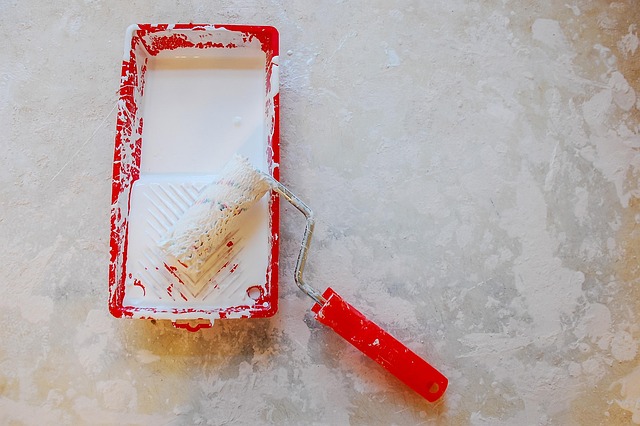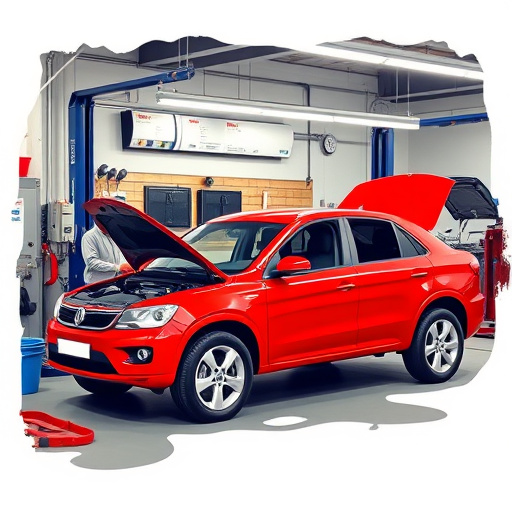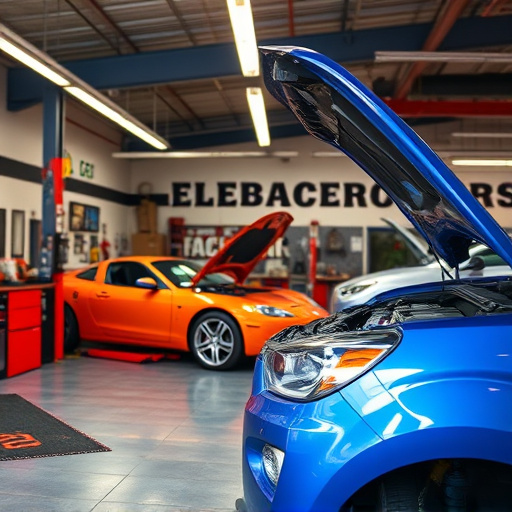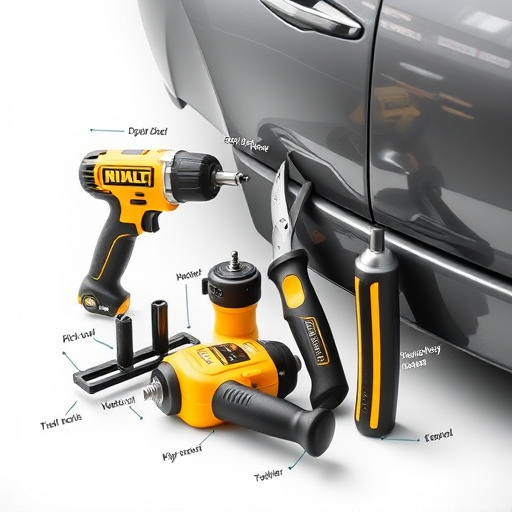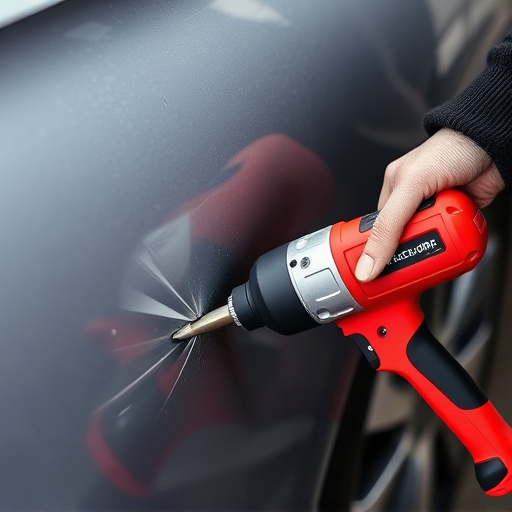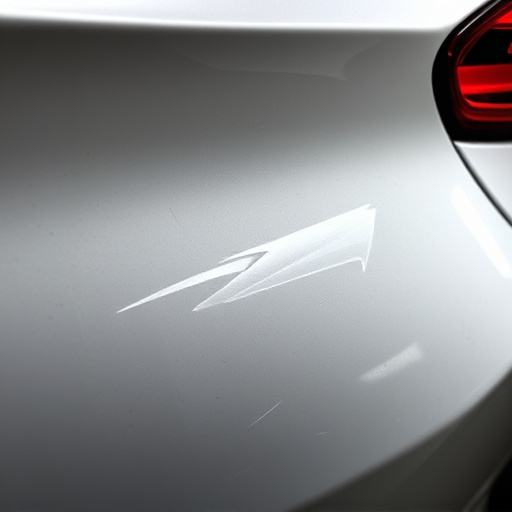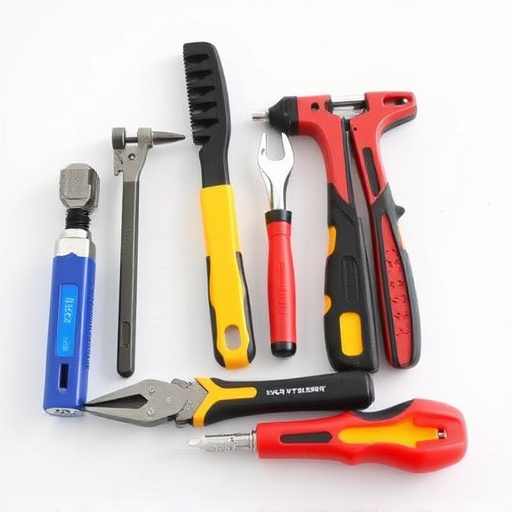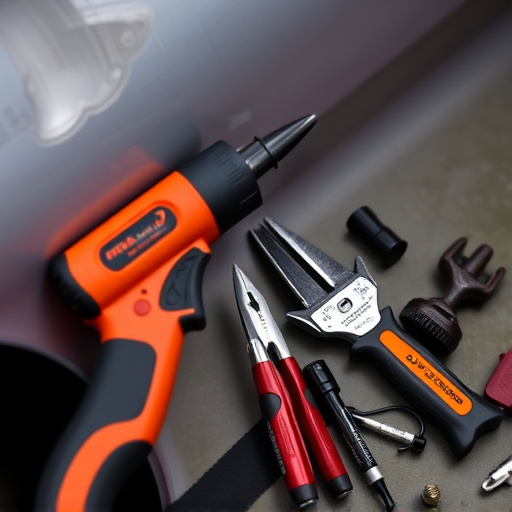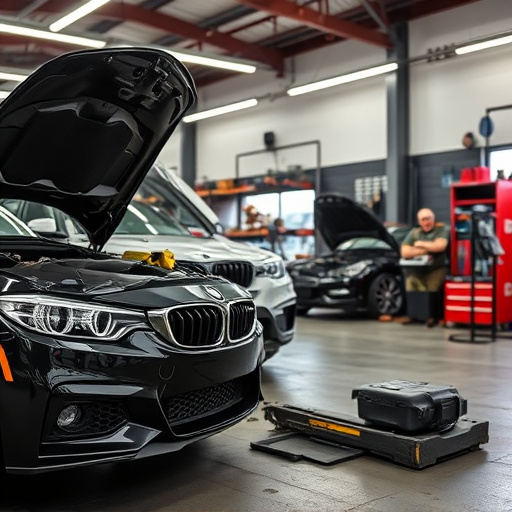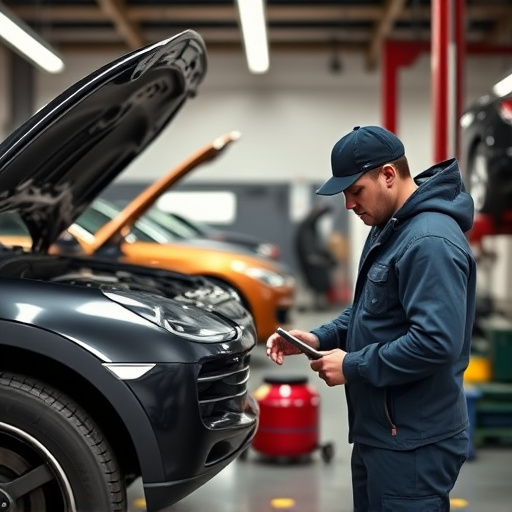A thorough assessment is crucial before replacing a wheel arch. Auto centers inspect for damage using specialized tools, confirming issues through cleaning and debris removal. This step ensures successful replacement, aligning new components precisely with structural guidelines. Final touches include water-tight sealants and corrosion protection coatings, enhancing aesthetics via top-tier paint and frame straightening.
In auto body shops, a wheel arch replacement is a common procedure addressing structural damage or cosmetic upgrades. This comprehensive guide outlines the essential steps involved in this process, ensuring a successful and precise repair. From initial assessments of damage and area preparation to the removal of old components and installation of new parts, each phase requires meticulous attention. By following these steps, auto body experts can achieve a durable, factory-like finish, enhancing vehicle aesthetics and safety.
- Assess Damage and Prepare the Area
- Remove Old Wheel Arch Components
- Install New Wheel Arch Parts and Final Touches
Assess Damage and Prepare the Area
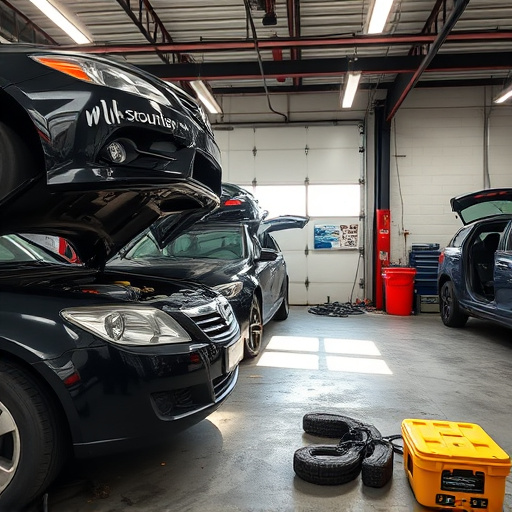
Before initiating any wheel arch replacement procedure, it’s crucial to conduct a meticulous assessment of the damage. This involves thoroughly inspecting the wheel arch for cracks, dents, or any signs of structural compromise. Using specialized tools and expertise, auto collision centers can precisely identify the extent of the damage, ensuring accurate evaluation. Once the damage is confirmed, the area needs to be prepared for repairs, which often includes cleaning the affected region, removing loose debris, and applying a protective coating to prevent further corrosion.
This preliminary step is vital in any auto body services as it sets the foundation for successful wheel arch replacement. Proper preparation not only enhances the longevity of the new arch but also guarantees a seamless finish, aligning with the vehicle’s original aesthetics. This meticulous approach ensures that when the actual replacement takes place, the process is efficient, and the final result meets the highest standards.
Remove Old Wheel Arch Components
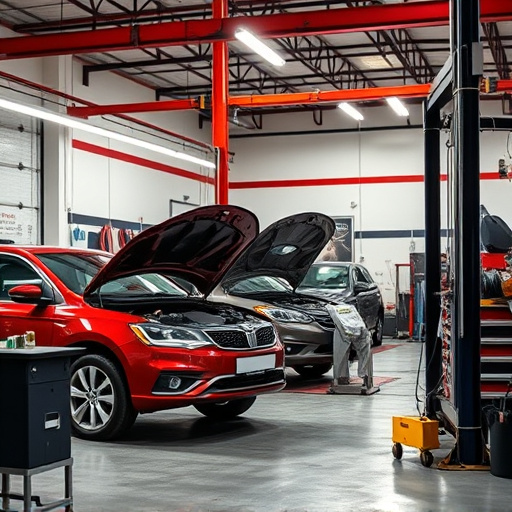
Before initiating any wheel arch replacement procedures, it’s crucial to meticulously remove the old components. This involves carefully disassembling the existing wheel arch trim and panels, taking note of their placement and securing them temporarily for later reuse or proper disposal. The process often requires specialized tools to ensure precision and safety during removal.
Auto body professionals begin by identifying and removing any fasteners, such as bolts, screws, or clips, that secure the wheel arch parts in place. They then carefully cut away any remaining adhesive or sealant using appropriate solvents or heat applications, depending on the specific materials used in the original construction. Once these components are safely separated, the old wheel arch can be thoroughly inspected for damage and assessed to determine if any additional repair or replacement steps are needed before proceeding with the new wheel arch installation as part of a comprehensive car body restoration or auto body repairs.
Install New Wheel Arch Parts and Final Touches
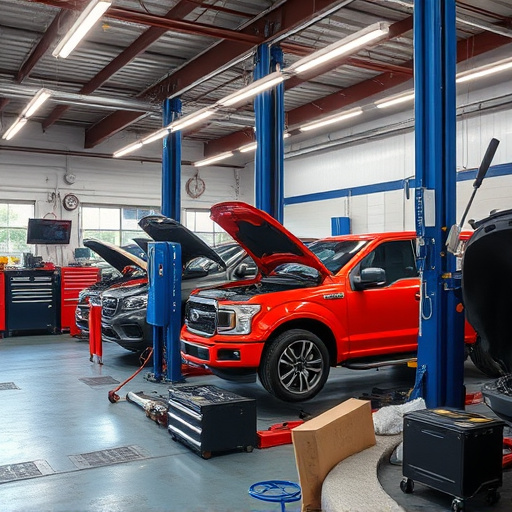
After preparing the wheel arch area for new parts, it’s time to install them. Begin by carefully fitting the new wheel arch components, ensuring they align perfectly with the car’s structure. This step requires precision and a keen eye for detail. Once the new parts are in place, secure them using appropriate fasteners, following the manufacturer’s guidelines.
The final touches involve applying any necessary sealants or coatings to ensure water tightness and protect against corrosion. This is also an excellent opportunity to assess the overall fitment and make any minor adjustments. With the right tools and expertise, your auto body shop can deliver a wheel arch replacement that not only repairs the damage but enhances the car’s aesthetics, showcasing top-notch car paint services and meticulous frame straightening.
Wheel arch replacement is a meticulous process that requires careful assessment, precise removal of damaged components, and thoughtful installation of new parts. By following these structured steps—assessing damage, removing old wheel arch components, installing new parts, and adding final touches—auto body shops can ensure a successful and aesthetically pleasing wheel arch restoration. This tailored approach not only enhances the vehicle’s structural integrity but also revitalizes its overall look, demonstrating the expertise of the shop in handling complex auto body procedures.



